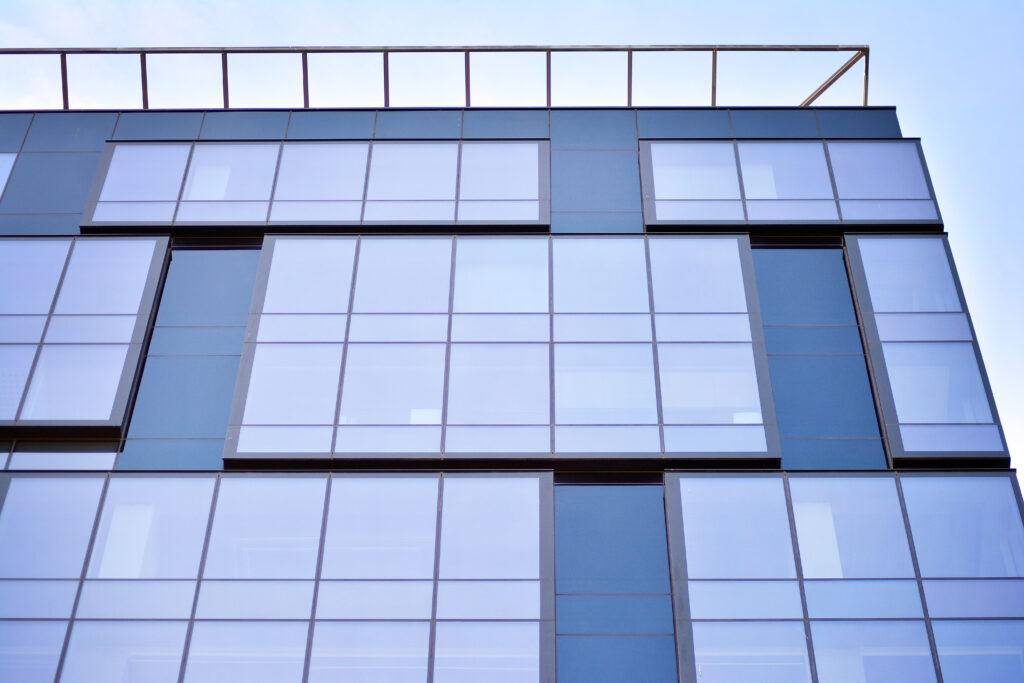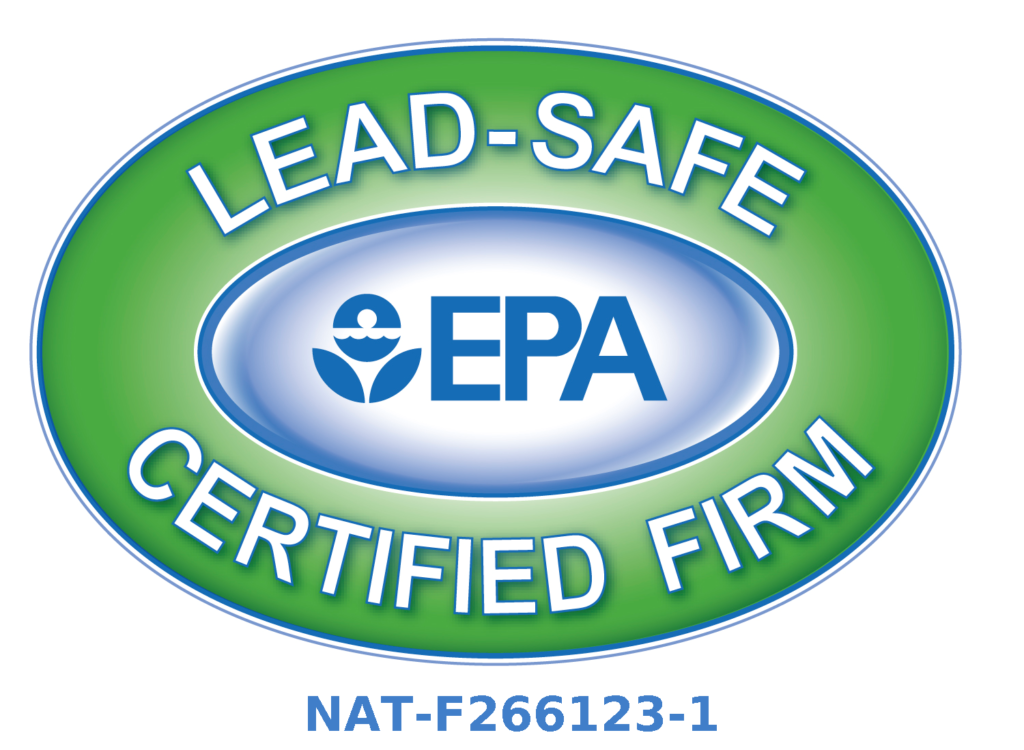
Curtain wall technology, introduced in 1939 on the Empire State Building, has since become a staple in high-rise construction. As skyscrapers continue to dominate city skylines, the demand for curtain wall systems grows.
Essential for high-rise exteriors, curtain wall systems protect both building interiors and structural integrity. They serve as cladding systems designed to withstand harsh elements like high winds and heavy rain, ensuring water resilience and vertical stability while supporting their weight.
Curtain wall systems are vital in the exterior of high-rise buildings as the exterior protects not only the interior of the building but also its overall structural integrity. Curtain wall systems are essentially cladding systems intended to withstand the likes of high winds, making them more water resilient and enhancing their vertical stability while being able to support their own weight.
Essential for high-rise exteriors, curtain wall systems protect both building interiors and structural integrity. They serve as cladding systems designed to withstand harsh elements like high winds and heavy rain, ensuring water resilience and vertical stability while supporting their weight.
Moreover, curtain wall systems play a vital role in maintaining the overall structural integrity of high-rise buildings. By withstanding high winds and other environmental stresses, they contribute to the durability and longevity of the structure.
Advancements in technology have further enhanced the sustainability of curtain wall systems. Smart glass, for instance, automatically adapts to different climates and lighting conditions outside the building, improving energy efficiency. Additionally, the integration of solar PV cells into glass curtain walls has led to the development of Building Integrated Photovoltaics (BIPV) systems.
New technology has helped make curtain wall systems more sustainable.
Technology is crucial to all industries in the modern world, and curtain wall systems are no different. The creation of smart glass has been a major development for curtain wall systems as it is specifically designed to automatically adapt to different climates and lighting conditions outside the building. A breakthrough in this idea came when solar PV cells were integrated into glass curtain walls, and this development has created new solutions, including Building Integrated Photovoltaics.
These BIPV systems integrate the PV modules right into the building envelope, such as roof facades, serving as both building envelope material and power generator. This not only saves in terms of material and electric costs but also mitigates the use of fossil fuels and resultant emissions.
PV curtain walls bring together curtain wall technology and PV power generation functionality benefits, delivering cleaner electricity as well as having heat insulation, light pollution, low noise, and flame retardant properties, resulting in a more sustainable building. For more information, contact us at (571) 642-5526, GCCM Corp.

